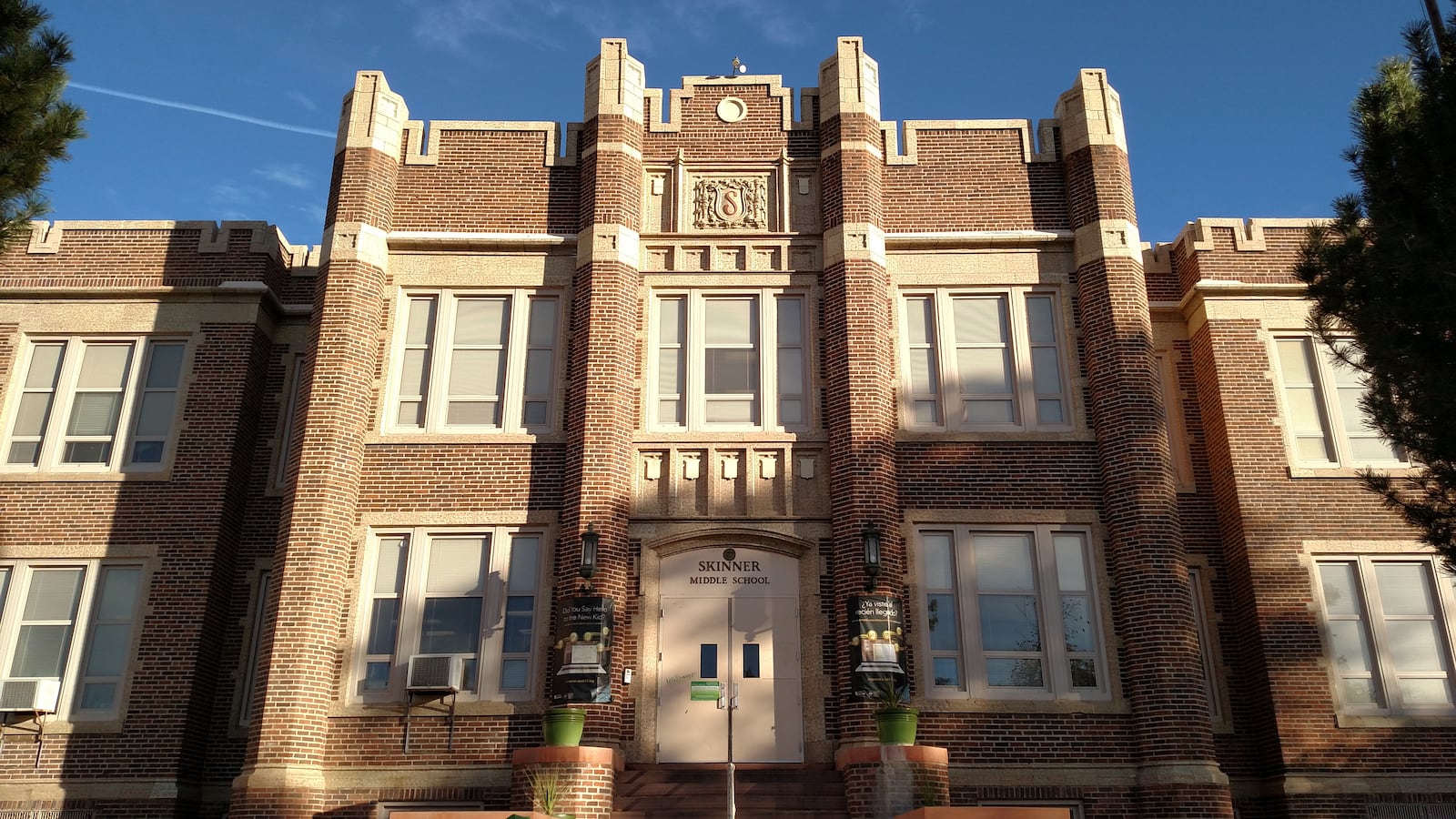When Michael Kiley talks about “strong neighborhood schools,” he means not only a commitment to academic excellence and the latest technology but a rich roster of music, arts, languages, sports and extracurricular activities.
The school would have a defined boundary, with no application process or lottery to sweat out. If you lived in the boundary, your child would be guaranteed a seat. Classes would be taught by “professional teachers” who aren’t using the gig as a career stepping stone.
Lisa Flores chooses different words, preferring to press the case for “strong schools in every neighborhood.” That means giving families options so they can choose a school that best fits their children’s needs, whether it be a traditional district-run school, magnet school or charter school.
To Flores, narrower definitions of what a neighborhood school looks like carry a whiff of nostalgia — and selective memory about past shortcomings at schools that did not serve all students equally.
The dueling philosophies and semantics about neighborhood schools are a central narrative in the Denver school board election that will be decided Tuesday when ballots are counted.
Nowhere is the rhetoric more evident than politically volatile District 5, where Kiley and Flores are squaring off in a high-profile, high-cost race for an open seat to represent northwest Denver and other close-in neighborhoods in the district.
In that campaign as well as the at-large DPS board campaign, the neighborhood school discussion revolves around difficult issues. Those include the role of charter schools, the district’s ability to successfully run its own schools, teachers’ credentials, use of district resources, school segregation and an enrollment strategy that has fundamentally changed the district’s choice process and the notion of boundary schools.
From court order to today
Two decades of court-ordered busing to integrate black students into DPS schools came to an end in 1995, leading to a return to boundary schools serving students from surrounding neighborhoods.
Over the last decade under superintendents Michael Bennet and Tom Boasberg, DPS has adopted a “portfolio approach” to schools, which includes district-run schools, charter schools and innovation schools that are a sort of hybrid of the two.
When discussing school choice, Boasberg urges families to first look at schools in their neighborhood, said Susana Cordova, DPS’s chief schools officer. At the same time, families in a large and diverse city will look elsewhere for schools that suit their needs, she said.
“It’s really important to have those options for families,” Cordova said. “That does not have to come at the expense of a quality school in your neighborhood you can attend without an application.”
More recently, the district has turned to another strategy. In 2010, DPS began introducing enrollment zones, which include multiple schools in a wider geographic area. Families in the zones are guaranteed a seat at one of the schools, but not necessarily their first choice. Most of the strategy’s focus is on middle and high schools.
The district promotes enrollment zones as a way to drive greater participation in the choice process and — ideally — create more diverse schools by casting a broader geographic net and counteracting the city’s segregated housing patterns.
Not surprisingly, enrollment zones have become another dividing line on the school board campaign trail.
The battle for northwest Denver
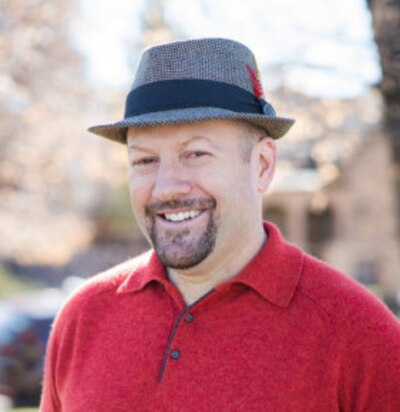
When Kiley is campaigning, he said most people he speaks with provide a consistent definition of a neighborhood school — one that sounds like his.
Kiley, a critic of the board majority who ran unsuccessfully for an at-large seat two years ago, said he has no “categorical 100 percent answer” to whether charter schools can be neighborhood schools. He argues charters should complement neighborhood schools, not replace them.
To help pay for the robust neighborhood schools he promotes, Kiley proposes starting with cutting the number of district administrators.
“Prior generations were willing to pay for this,” he said. “It isn’t like I’m describing a manned mission to Mars.”
“Isn’t this what the district is supposed to be good at, running a neighborhood school?” he added. “If the district is saying it cannot run a neighborhood school, then I wonder about our management of the district at this point.”
Kiley said some people view his neighborhood schools message as “code” for talking about the teachers union or union teachers. But Kiley said his definition does not explicitly require that a school have union teachers.

To Flores, who most recently worked as a senior program officer for the Denver-based Gates Family Foundation, the term “neighborhood school” has become more fluid. People can find a home in a school that is not necessarily their assigned school, she said.
For some families, a neighborhood school is a dual-language Montessori school, she said. Flores points to other area schools she considers neighborhood schools that break the traditional mold — DCIS Fairmont, a formerly struggling school slated for closure that rebounded quickly after a restart, and University Prep, a charter elementary school in northeast Denver.
“Sometimes, folks have this nostalgic notion of what a neighborhood school is,” Flores said. “I think sometimes they think of the old days of Ozzie and Harriet.”
In the 1950s and 1960s, Flores said, neighborhood schools often did not serve minority children well.
“We need to remember some of the inequities that existed then, and those issues we are still working to address now,” she said.
Charters as neighborhood schools
The neighborhood schools mantra also has been central to the upstart campaign of Robert Speth, a northwest Denver parent and school volunteer who works in the telecommunications industry.
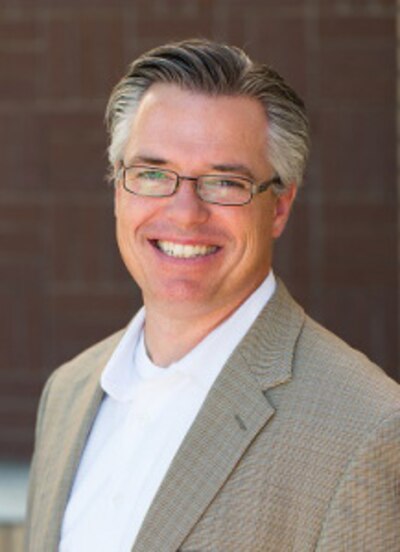
Like Kiley, Speth said neighborhood schools offer a well-rounded, enriched curriculum with art, music, world languages, athletics and extracurriculars.
Speth, who is trying to win incumbent Allegra “Happy” Haynes’ at-large seat, said he defines neighborhood schools as high-quality, high-performing schools with “certified teachers” and few junior teachers.
That definition would seem to exclude charter schools that rely more heavily on less experienced teachers who are not required to be licensed but must meet standards of being “highly qualified.”
Speth, however, said charter schools can be neighborhood schools, too.
“It’s a possibility if a neighborhood is demanding and desiring a particular type of charter,” he said. “The district needs to listen to what communities are truly wanting and provide that service.”
At the same time, both Speth and Kiley have raised concerns that in the district’s embrace of charter schools, district-run neighborhood schools are being shortchanged.
Haynes, the school board president, did not respond to requests for comment this week. She has taken a more expansive view of defining strong schools.
“Good schools are good schools whether they are district run or charter run schools and they will each have an important place in the district as long as there continues to be a need for high-quality schools to help to meet the district’s goal of great schools in every neighborhood and as long as parents and families choose to attend them,” Haynes wrote in a Chalkbeat candidate questionnaire.
Kiley and Speth oppose enrollment zones — both fought a new middle school zone established this year in northwest Denver — while Flores and Haynes support them.
Speth said it’s at times a heavy-handed approach, with some families unable to enroll in the neighborhood school across the street from them.
“That is a painful realization for a lot of parents and children,” he said.
DPS officials, however, say all middle school students in DPS’s half-dozen enrollment zones who wished to attend a district-run zone school are enrolled in one.
None of the 12,190 students was “forced” to enroll in a charter school, Brian Eschbacher, DPS’s director of planning and enrollment services, said in an email.
Only one district-run middle school in an enrollment zone has a wait list — McAuliffe in the Stapleton neighborhood, he said. Charter schools in some of the zones, meanwhile, have lengthy waiting lists.
The story is different with elementary schools, where some in-demand district-run schools boast wait lists.
In the new northwest middle school zone, all students living in the zone were placed in their first-choice school, DPS officials said. District officials project that will hold true for the next few years in part because the number of middle school students in the area is shrinking, Eschbacher said.
Eschbacher said retreating from enrollment zones would involve either introducing new district-managed options and arbitrarily carving up zones because enrollment has ballooned since the new programs have been introduced, or returning to large 1,200-student middle schools that have been shown not to work.
The race factor
Both Speth and Kiley have pushed for a new district-run middle school in northwest Denver cut from the same cloth as Skinner Middle School. But district officials say enrollment projections and other factors show that isn’t feasible.
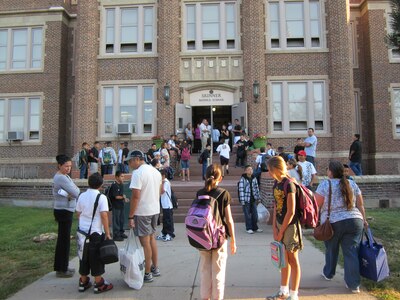
Skinner’s enrollment and test scores have risen in recent years as the neighborhood has gentrified. But scores still lag behind the district average and achievement gaps separating white and Latino students are large.
Skinner had a wait list of about 50 students last spring but found seats for all students by the start of the year, said Rebecca Caldwell, a school spokeswoman. That included 30 students from outside the enrollment zone, DPS says.
If trend lines continue, Skinner will get whiter and less Latino in the coming years. But at least in the short term, it appears the new northwest Denver middle school enrollment zone has slowed that, as Skinner absorbed some students from heavily Latino Trevista at Horace Mann, which closed its middle school last school year.
Caldwell said the numbers are not final, but the number of students who qualify for free or reduced-price lunches is projected to rise 1.5 to 3 percentage points this school year.
Skinner’s relatively diverse racial makeup — it was 67 percent Latino and 25 percent white last year — makes it an exception among DPS schools.
A recent report from the pro-education reform group A+ Denver identified only 29 of 188 district schools as integrated, meaning their nonwhite population was between 50 and 75 percent.
Another recent analysis by Rocky Mountain PBS iNews found that more 80 percent of DPS’s Latino students attend schools where at least half the students are Latino, with most of those students in schools where between 70 and 90 percent of the students are Latino.
Some of the district’s most racially homogeneous schools are charter schools that have made it a mission to serve high-poverty minority students. Those schools also are producing stronger academic results than district-run neighborhood schools.
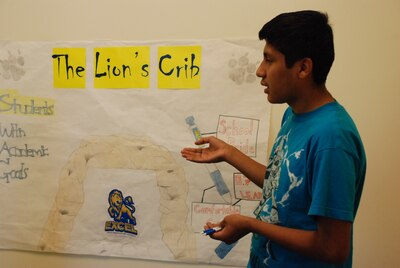
Chris Gibbons, CEO of STRIVE Preparatory Schools, which serves primarily low-income Latino students in Denver, said he considers schools in the network to be neighborhood schools.
“When I think of what does it mean for a school to be a neighborhood school, I think of it in the context of being of the neighborhood,” Gibbons said. “So to me, what matters is, is this a school that is serving the kids who live there? Is it committed to that community and does it have an enrollment system and process that makes it equally accessible to kids of all levels, whether it’s kids who historically have had success in the system or not?”
To that end, STRIVE is committed to serving special education students, English learners and severe needs students, and opens access beyond the start of school and traditional choice windows, Gibbons said.
Not all charter schools can make all those claims, and have faced criticism for it.
DPS charters serve a higher percentage of students living in poverty, students of color and English learners than the district norm, said Alyssa Whitehead-Bust, DPS’s chief academic and innovation officer. While the district has adopted a number of initiatives to ensure charters serve all students, “we still have a ways to go in ensuring total equity of enrollment for students,” she said.
Gibbons also backs enrollment zones for opening up choice and getting families more invested in the process. STRIVE operates in enrollment zones and as a boundary school, as part of a shared campus at Lake Middle School. STRIVE schools have ranked among the highest performing in DPS but suffered a decline in the most recent state test scores, from 2014.
Personal choices
Amid the campaign trail rhetoric about neighborhood schools, Flores points out that all three of the DPS board candidates who hail from northwest Denver chose to enroll their children — in her case, a nephew she is helping raise — in elementary schools in the neighborhood that were not their assigned schools.
“We all have chosen the schools that are the best fits for our kids and our families, and I think each one of us would say that is our home school,” she said. “That is where we have established community. Yet it breaks with the traditional sense of a neighborhood school.”
Flores’ nephew choiced into Brown Elementary, which has an International Baccalaureate program.
Speth enrolled his children in Valdez Elementary, a dual-language magnet school. He cited the appeal of his children learning another language and the school’s global focus.
Kiley enrolled his children in nearby Edison Elementary rather than their boundary school, Columbian Elementary, which has a higher proportion of low-income students and lower academic marks than Edison.
He said he supports the choice process, but does not waver in his belief that everyone should be guaranteed access to a strong, district-run neighborhood school.
Like a lot of parents in northwest Denver, Kiley said, he and his wife when they arrived in the neighborhood quizzed friends and neighbors at birthday parties and backyard barbecues about schools, and Edison got high marks.
“There is philosophy,” Kiley said, “and then there is your kid.”
Editor’s note: The Gates Family Foundation provides financial support to Chalkbeat Colorado.

